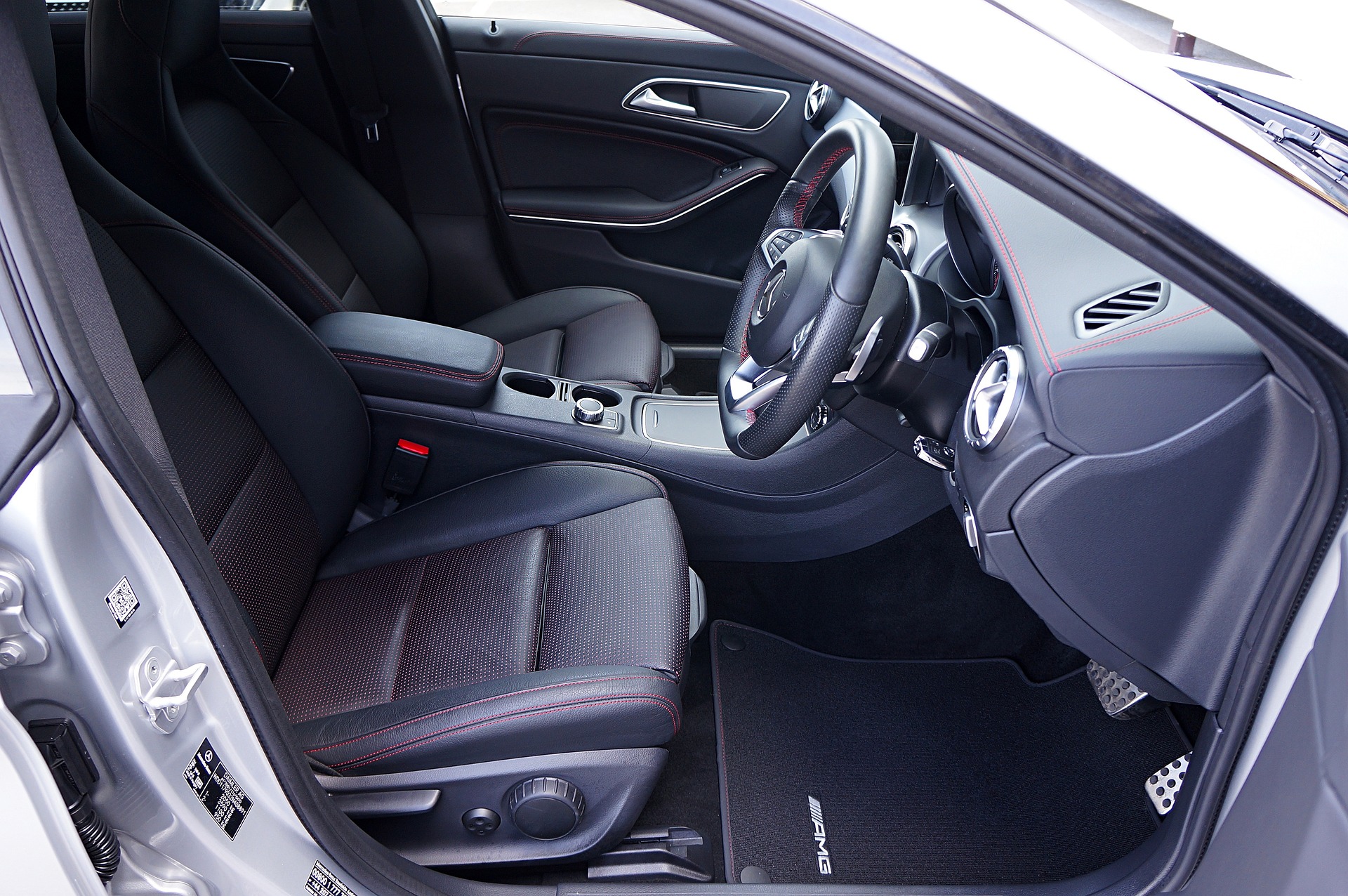Unveiling the Intricacies of Continuously Variable Transmissions
Introduction: Gear up for a deep dive into the realm of Continuously Variable Transmissions (CVTs), a technology that breaks away from conventional gearboxes. This article explores the history, mechanics, and implications of CVTs, offering insights into their potential impact on the future of automotive engineering.
A Rundown on the History of CVTs
Continuously Variable Transmissions, although seen as a modern innovation, have a history stretching back to 1490, when none other than Leonardo da Vinci sketched a stepless continuously variable transmission. Fast forward to the late twentieth century, CVTs began to gain traction in the automotive industry, providing a unique alternative to the traditional manual and automatic transmissions.
Decoding the Mechanics of CVTs
Unlike traditional transmissions that utilize a set number of gear ratios, CVTs offer an almost infinite number of ratios, providing smoother and more efficient power delivery. The heart of a CVT is a pair of pulleys connected by a belt. One pulley is connected to the engine, while the other sends power to the wheels. As the engine speed changes, the pulleys adjust their diameter to create the most efficient gear ratio for the driving conditions.
Industry Trends and Insights
In recent years, CVTs have seen a surge in popularity, particularly in the compact and subcompact car segments. Their ability to enhance fuel efficiency without compromising performance has made them a preferred choice for manufacturers. According to industry experts, the global CVT market is projected to grow at a significant rate, driven by the demand for fuel-efficient vehicles and advancements in transmission technology.
The CVT Impact: A Mixed Bag
CVTs offer several benefits, including improved fuel efficiency and smoother driving experience. However, they also come with their share of challenges. One of the most significant is the ‘rubber band’ effect, where the engine revs up before the car accelerates, leading to a disconnected driving feel. Furthermore, CVTs have been historically less durable than their traditional counterparts, although recent advancements have helped to mitigate these issues.
The Road Ahead for CVTs
While CVTs are not without their drawbacks, their potential in shaping future automotive technology cannot be discounted. As manufacturers continue to prioritize fuel efficiency and emission reductions, CVTs could play a significant role. With ongoing advancements in CVT technology, these transmissions may soon overcome their current limitations, paving the way for a smoother, more efficient future on the road.
In the dynamically evolving world of automotive technology, CVTs offer a unique perspective. They serve as a testament to the industry’s continuous strive for innovation, pushing the boundaries of what is possible in the realm of transmission technology. As we delve deeper into the intricacies of CVTs, we get a glimpse of the exciting possibilities that lie ahead in the automotive world.





